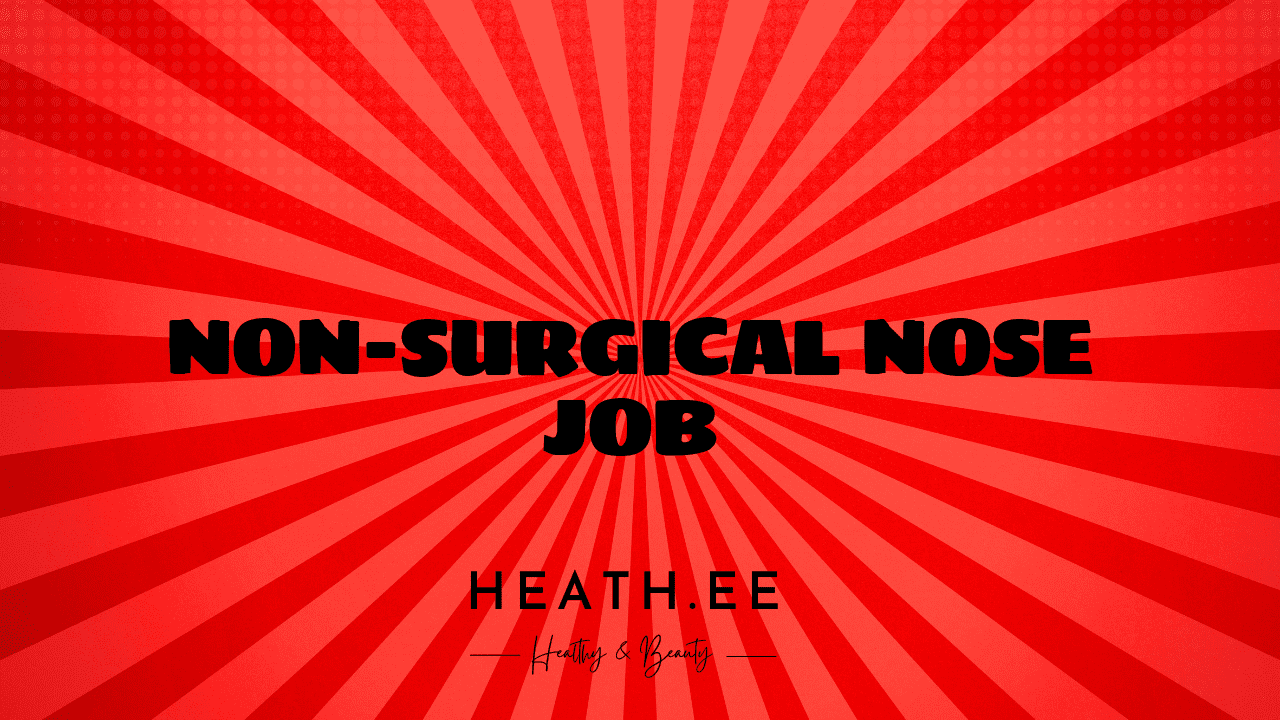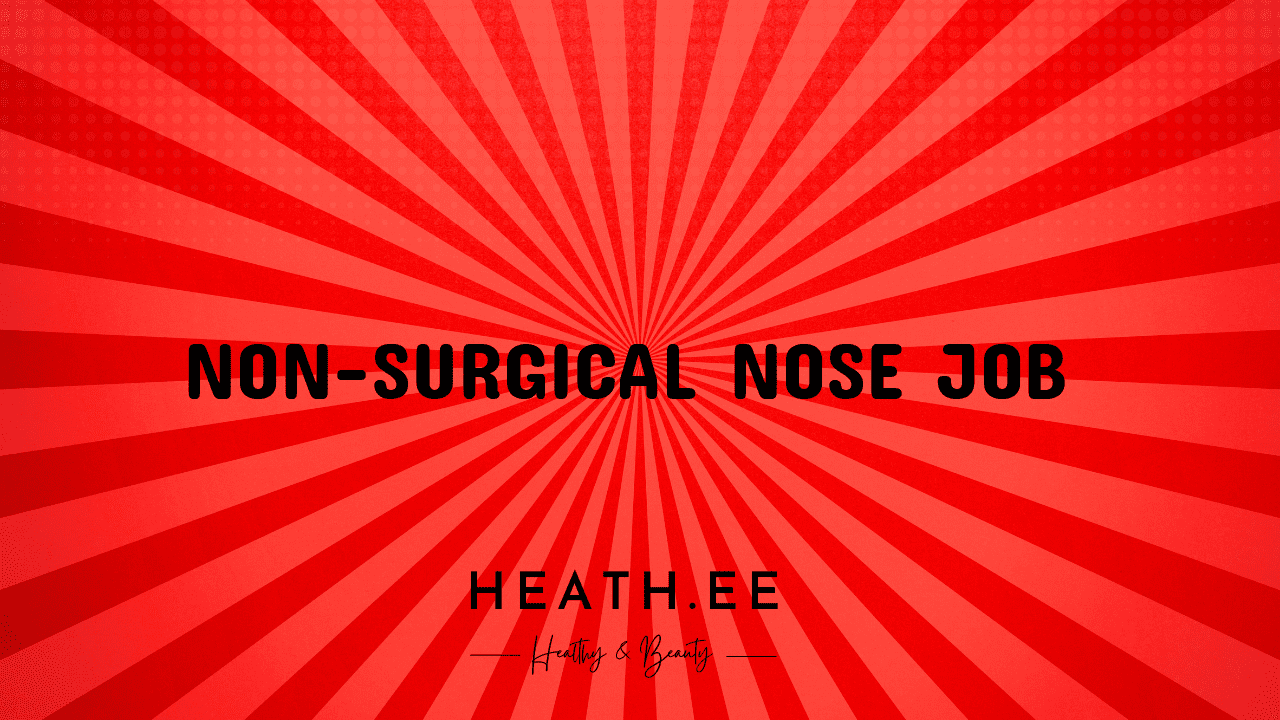Nose jobs are a popular cosmetic procedure among both men and women. While traditional nose jobs involve surgery, there is now a non-surgical option. Non-surgical nose jobs, or non-surgical rhinoplasty, can help improve the shape of the nose and provide a more symmetrical look. In this guide, we’ll explore the potential benefits of a non-surgical nose job, the risks associated with the procedure, and answer some frequently asked questions.
What is a Non Surgical Nose Job?
A non-surgical nose job, also known as a “liquid nose job” or “non-surgical rhinoplasty,” is a procedure that uses dermal fillers to reshape the nose. The procedure is minimally invasive and does not require surgery. The fillers used in a non-surgical nose job are usually hyaluronic acid-based, such as Juvederm or Restylane.

What Can a Non Surgical Nose Job Do?
A non-surgical nose job can help improve the shape of the nose, reduce the appearance of bumps, and create a more symmetrical look. The procedure can also help correct minor deformities, such as a deviated septum or a crooked nose.
What Are the Benefits of a Non Surgical Nose Job?
Non-surgical nose jobs offer a number of benefits, including:
-
Minimally invasive: Non-surgical nose jobs are much less invasive than traditional nose jobs, which require surgery. This makes the procedure safer and less painful.
-
Shorter recovery time: Non-surgical nose jobs don’t require any downtime. Most people can return to their normal activities immediately after the procedure.
-
Lower risk of complications: Non-surgical nose jobs are much less likely to result in complications than traditional nose jobs.
-
Natural results: Non-surgical nose jobs can help create a more natural look than traditional nose jobs.

What Are the Risks of a Non Surgical Nose Job?
While non-surgical nose jobs are generally safe, there are still some risks associated with the procedure. These risks include:
-
Infection: As with any procedure, there is a risk of infection.
-
Allergic reaction: Some people may have an allergic reaction to the fillers used in a non-surgical nose job.
-
Scarring: There is a risk of scarring, although this is usually minimal.
-
Nerve damage: There is a risk of nerve damage, which can cause numbness or tingling in the area.
How Much Does a Non Surgical Nose Job Cost?
The cost of a non-surgical nose job varies depending on the type of filler used and the amount needed. Generally, the cost of a non-surgical nose job ranges from $500 to $2,000.
What Is the Recovery Time for a Non Surgical Nose Job?
The recovery time for a non-surgical nose job is much shorter than that of a traditional nose job. Most people can return to their normal activities immediately after the procedure.
How Long Does a Non Surgical Nose Job Last?
The results of a non-surgical nose job typically last from six months to two years, depending on the type of filler used.
What Is the Best Filler for a Non Surgical Nose Job?
The best filler for a non-surgical nose job depends on the individual’s goals and the area being treated. Popular fillers for non-surgical nose jobs include Juvederm, Restylane, and Radiesse.
What Are the Alternatives to a Non Surgical Nose Job?
The alternatives to a non-surgical nose job include traditional nose jobs, which require surgery, and non-invasive treatments, such as dermabrasion and laser resurfacing.
What Should I Expect During a Non Surgical Nose Job?
During a non-surgical nose job, a doctor will inject the filler into the nose to reshape it. The procedure is usually quick and relatively painless.
What Should I Do After a Non Surgical Nose Job?
After a non-surgical nose job, it’s important to avoid any strenuous activities, such as exercise, for at least 24 hours. It’s also important to avoid direct sunlight and wear sunscreen to protect the area from UV rays.
Conclusion
Non-surgical nose jobs are a safe and effective way to improve the shape of the nose and create a more symmetrical look. The procedure is minimally invasive and has a shorter recovery time than traditional nose jobs. Non-surgical nose jobs can also be much less expensive than traditional nose jobs. However, it’s important to be aware of the risks associated with the procedure and to discuss them with a doctor before proceeding.



